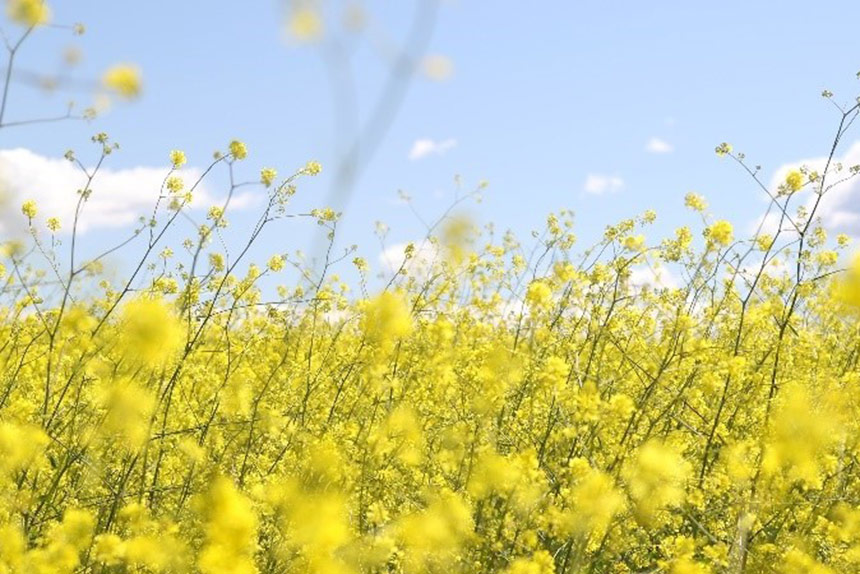Dr. Moira Szilagyi, 2023 Immediate Past President of the American Academy of Pediatrics, academic pediatrician at UCLA, interim division chief of general pediatrics, and section chief of developmental behavioral pediatrics
Resilience is dependent on the earliest relationships children have, because all the other resilience characteristics develop in the context of the primary relationships.
This story is adapted from a blog post Q&A with Dr. Szilagyi and Dr. Heather Forkey. Click here to read the original post.
“I’m an immigrant, daughter of a bricklayer. I grew up in a low-income neighborhood, in a wonderful family. My brother and I were very fortunate in having amazing parents who sent us to good schools, and I had mentors everywhere along the way. So many of our peers did not have those opportunities. When I finally decided to go to medical school, I was in my late 20s, and I had my first child in medical school. It got me thinking — how do you know, with this little life you’ve been entrusted with, that you can give them the right things? How did my brother and I succeed and move beyond our neighborhood? [I became] very interested in child development.
Then I discovered the resilience research literature. Decades of resilience research teaches us that resilience develops over time; it is woven into human evolution and human development. But it is dependent on the earliest relationships children have, because all the other resilience characteristics develop in the context of the primary relationships. That’s why I love Anne Masten’s term, ‘ordinary magic.’ Resilience is not magic — it’s the outcome of exposure to typical nurturance and experiences.”





